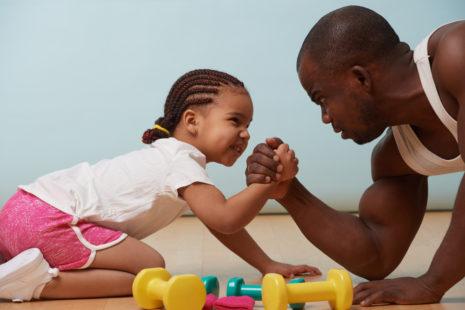Experiencing joint pain after wrestling can be attributed to various factors, and it’s important to identify the specific cause to determine the appropriate course of action. Here are some common reasons why joints might hurt after wrestling:
- Impact and Stress on Joints:
- Wrestling involves intense physical activity, including grappling, takedowns, and mat work. The impact and stress placed on joints during these movements can lead to joint pain, especially in areas like the knees, shoulders, and elbows.
- Sprains and Strains:
- Wrestling movements can sometimes result in sprains or strains, causing pain in the joints. Ligaments, which connect bones to bones, and tendons, which connect muscles to bones, may be affected.
- Overuse or Repetitive Stress:
- Repetitive motions and overuse of certain joints can contribute to joint pain. This is common in wrestling, where specific moves or techniques may be repeated frequently during training and matches.
- Joint Inflammation:
- Inflammation of the joints, known as arthritis, can cause pain, stiffness, and swelling. Wrestling activities can exacerbate existing joint inflammation or contribute to its development.
- Pre-existing Conditions:
- Individuals with pre-existing joint conditions, such as osteoarthritis, rheumatoid arthritis, or previous joint injuries, may experience increased pain after wrestling.
- Poor Technique or Body Mechanics:
- Incorrect wrestling techniques or body mechanics can place additional stress on joints, leading to pain. Ensuring proper form and technique is crucial to prevent unnecessary strain on the joints.
- Impact-related Injuries:
- Direct impact or trauma during wrestling, such as a fall or collision with an opponent, can result in injuries to the joints, including bruises, contusions, or more severe injuries like dislocations or fractures.
- Inadequate Warm-up or Cool Down:
- Insufficient warm-up before wrestling and lack of proper cool-down exercises afterward can contribute to joint pain. Warm-up activities help prepare the joints and muscles for physical exertion, and cooling down aids in recovery.
- Dehydration and Electrolyte Imbalance:
- Inadequate hydration and electrolyte imbalance can affect joint function and contribute to muscle cramps and joint pain.
If you are experiencing persistent joint pain after wrestling, it is advisable to take the following steps:
- Rest and Recovery: Allow adequate time for your body to recover. Resting and avoiding activities that exacerbate the pain can facilitate healing.
- Ice and Elevation: Applying ice to the affected joints and elevating them can help reduce inflammation and alleviate pain.
- Medical Evaluation: If the pain persists or is severe, consider seeking medical evaluation. A healthcare professional, such as an orthopedic doctor, can assess the extent of the injury and recommend appropriate treatment.
- Physical Therapy: Physical therapy may be recommended to address joint pain and improve strength, flexibility, and overall joint function.
- Modify Training: Consider modifying your training regimen to reduce the intensity or frequency of activities that contribute to joint pain.
Remember that joint pain should not be ignored, especially if it persists or worsens over time. Seeking professional medical advice is crucial for an accurate diagnosis and appropriate treatment.




